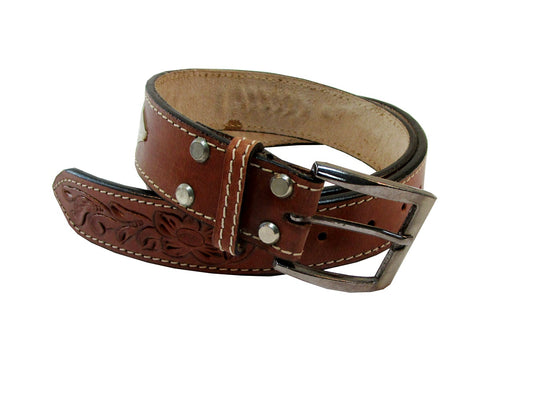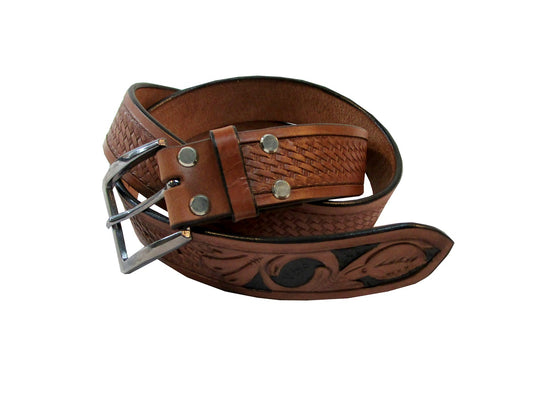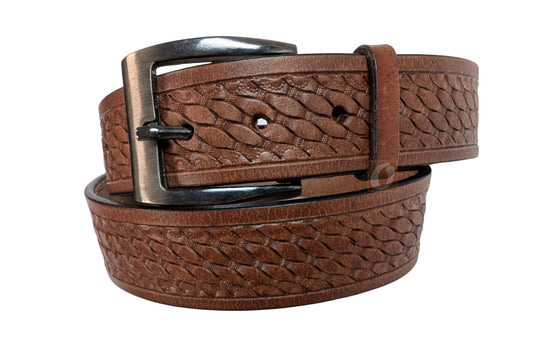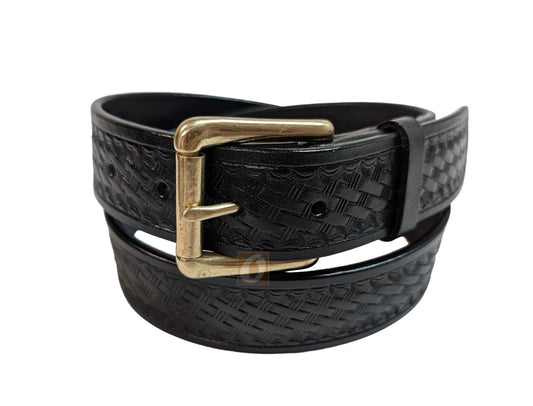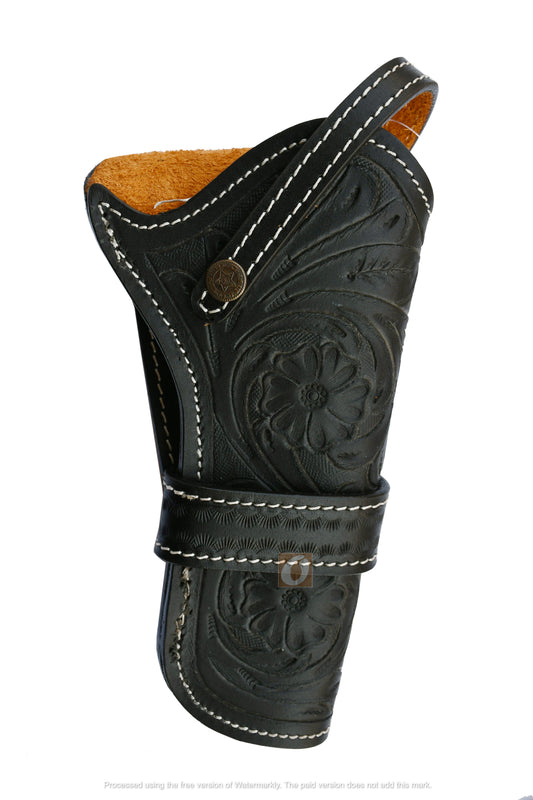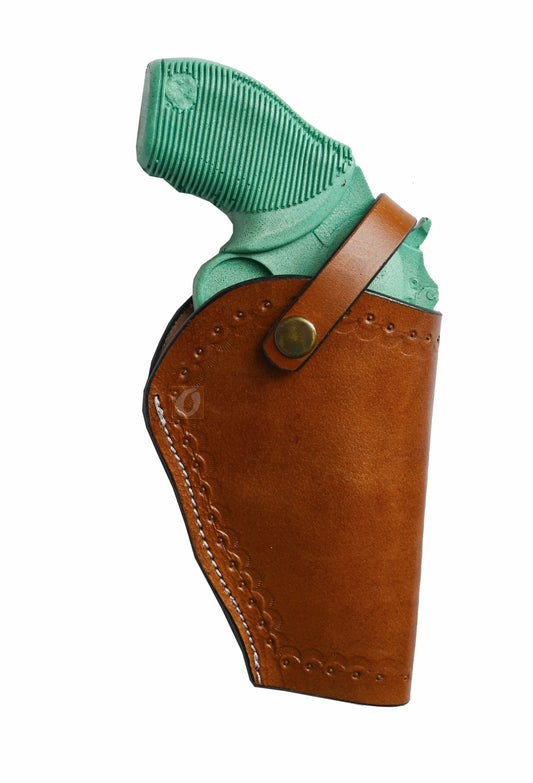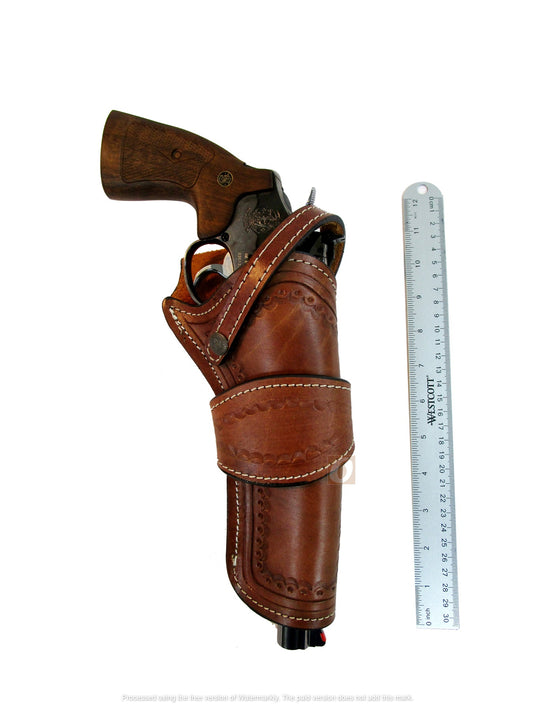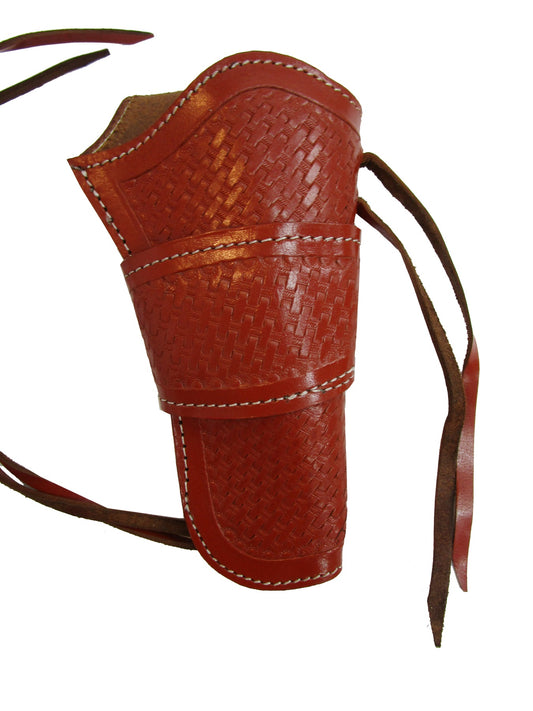How to Spot Fake Leather Belts: A Quick Guide to Authenticity
How to Spot Fake Leather Belts: A Quick Guide to Authenticity
When you're in the market for a new leather belt , whether it's a men's belt , women's belt , cowboy belt , western belt , uniform belt , or school belt , it’s important to ensure you're investing in a genuine product. Authentic leather not only provides superior durability and style but also adds a timeless touch to your wardrobe. Unfortunately, with the rise of counterfeit products, distinguishing between real and fake leather can be tricky.
To help you make an informed purchase, we've put together a quick guide to help you spot fake leather belts. Whether you're buying a cowboy belt for your next rodeo or a school belt for everyday wear, these simple tips will ensure you get the quality you deserve.
1. Check the Price Tag
One of the quickest ways to spot fake leather is by looking at the price. Genuine leather, especially high-quality types like full-grain or top-grain leather, is an investment. If the price of the belt seems too good to be true, chances are, it probably is. Real leather belts often cost more than their synthetic counterparts due to the cost of production and sourcing.
2. Look for the Leather Grain
Genuine leather belts have a distinctive texture, which is often visible when you look closely. Real leather shows natural grain patterns with subtle irregularities, like small pores or marks. Fake leather, on the other hand, tends to have a uniform pattern, which may appear artificially smooth or "plastic-like." When examining a western bel or cowboy belt , check for these unique, natural variations, which indicate authenticity.
3. The Smell Test
The smell of leather is one of the most distinctive characteristics of a genuine leather belt. Real leather has a rich, earthy aroma, whereas fake leather (usually made from synthetic materials) often has a chemical or plastic smell. If you’re uncertain about whether your men's belt or women's belt is real, take a deep sniff. Genuine leather will have a natural, pleasant scent, while fake leather will smell more like rubber or vinyl.
4. Tactile Feel
One of the best ways to assess the authenticity of a uniform belt or any leather product is by touch. Real leather feels soft, supple, and slightly warm to the touch. It will mold slightly to your hand when pressed, showing its flexible nature. Fake leather, however, feels more rigid, cold, and can have a shiny, slick surface that lacks the warmth and softness of real leather.
5. Check the Edges
Examine the edges of the belt. In genuine leather belts, especially western belts or cowboy belts , the edges are usually either finished with a clean, polished look or have a slightly rugged, natural finish that shows the cut of the leather. Fake leather, however, often has rough, uneven, or sealed edges, which are a clear sign of synthetic materials.
6. Look for a Label or Tag
Many high-quality leather belts, especially those from reputable brands, will have a label or tag that confirms the use of real leather. Look for terms like "100% leather," "genuine leather," "full-grain," or "top-grain." Be cautious, though, as some counterfeit products may also feature these labels—so it’s important to rely on other methods (like the grain or tactile test) to verify authenticity.
7. Water Test (Optional)
If you're still uncertain, you can try a simple water test on a small, inconspicuous part of the belt. Genuine leather will absorb a small amount of water, leaving a dark spot for a few seconds before it dries. Fake leather, on the other hand, will not absorb the water and may even repel it, leaving the water to bead up on the surface. However, use this test carefully, as excessive moisture can damage leather.
8. Stitching Quality
The stitching on a school belt or any mens belt should be tight, even, and neat. High-quality leather belts are crafted with strong, durable stitching, typically done with thick thread that matches the belt’s color. Fake leather belts often have poorly done stitching with inconsistent spacing, crooked lines, or loose threads, which are signs of mass production.
9. Look for Flexibility & Durability
Authentic leather gets more beautiful with age, developing a unique patina and becoming more flexible as it is worn. If you have the chance to test the belt by bending it or pulling gently on it, real leather will give without tearing or cracking. Fake leather, however, might show signs of stress and break apart more easily, especially after a bit of use.
10. Heat Test (Advanced)
As a last resort, you can perform a heat test. If you apply heat to a small section of the belt using a hair dryer or by rubbing it between your fingers, real leather will warm up and soften naturally. Fake leather, however, might feel overly rigid or even emit an unpleasant chemical odor when exposed to heat.
Final Thoughts
When it comes to investing in a cowboy belt , western belt , or any other leather accessory, it’s important to know what you’re buying. Real leather offers unmatched quality, style, and durability, while counterfeit products might look good initially but often fall apart over time. By using these tips, you'll be able to confidently distinguish between genuine leather and fake leather, ensuring your new belt lasts for years to come.
Remember, whether you're buying a school belt for your child or a stylish women's belt to add a finishing touch to your outfit, taking the time to check the authenticity of the leather can make all the difference. Choose wisely, and enjoy the timeless appeal of authentic leather.
Have more questions or want to shop for your next leather belt? Visit our Saddle Online Shop for a wide selection of premium leather belts for men, women, and children!
If you are looking leather Belts , Cowboy Belts , Western Belts , Work Belts , Uniform belts you are at right place for quality Leather Belts at very reasonable price including free shipping.

